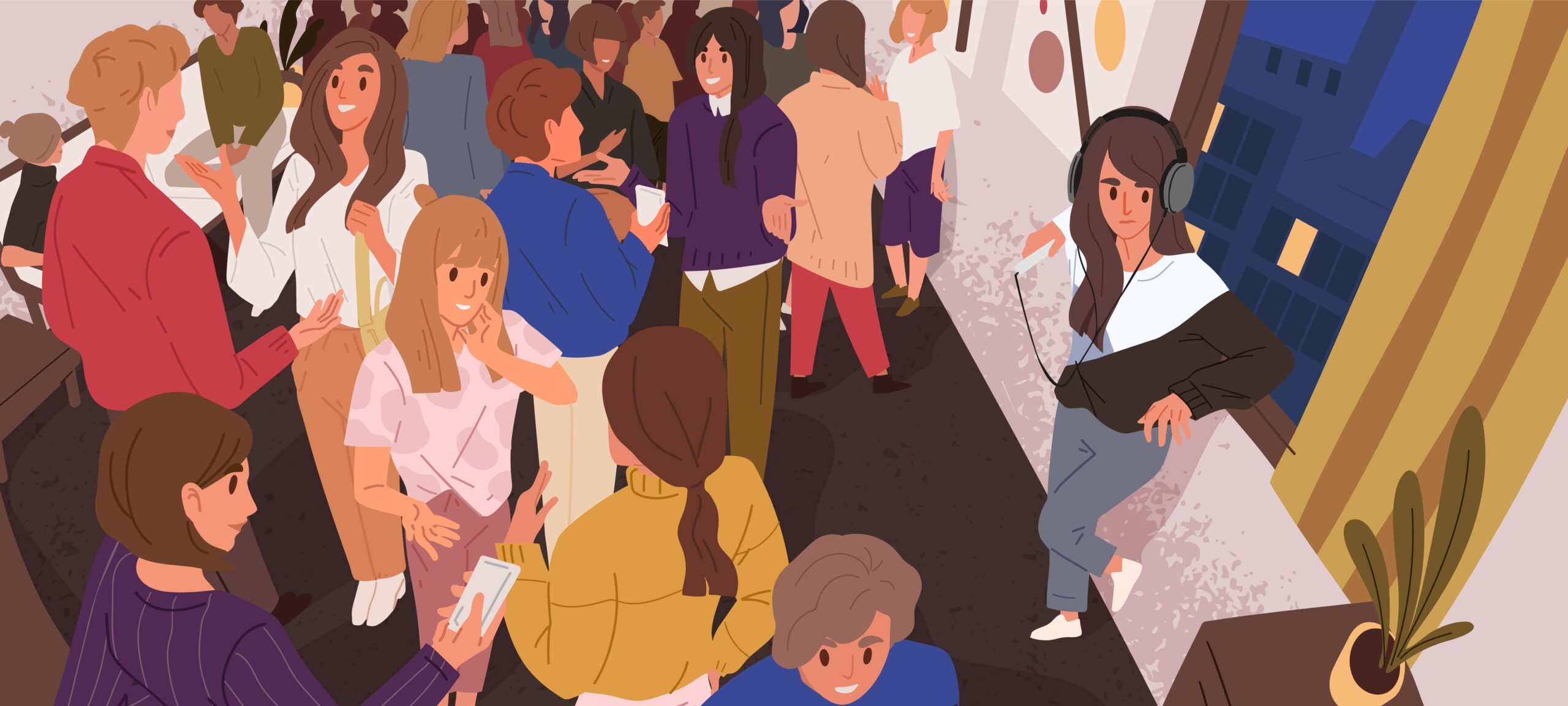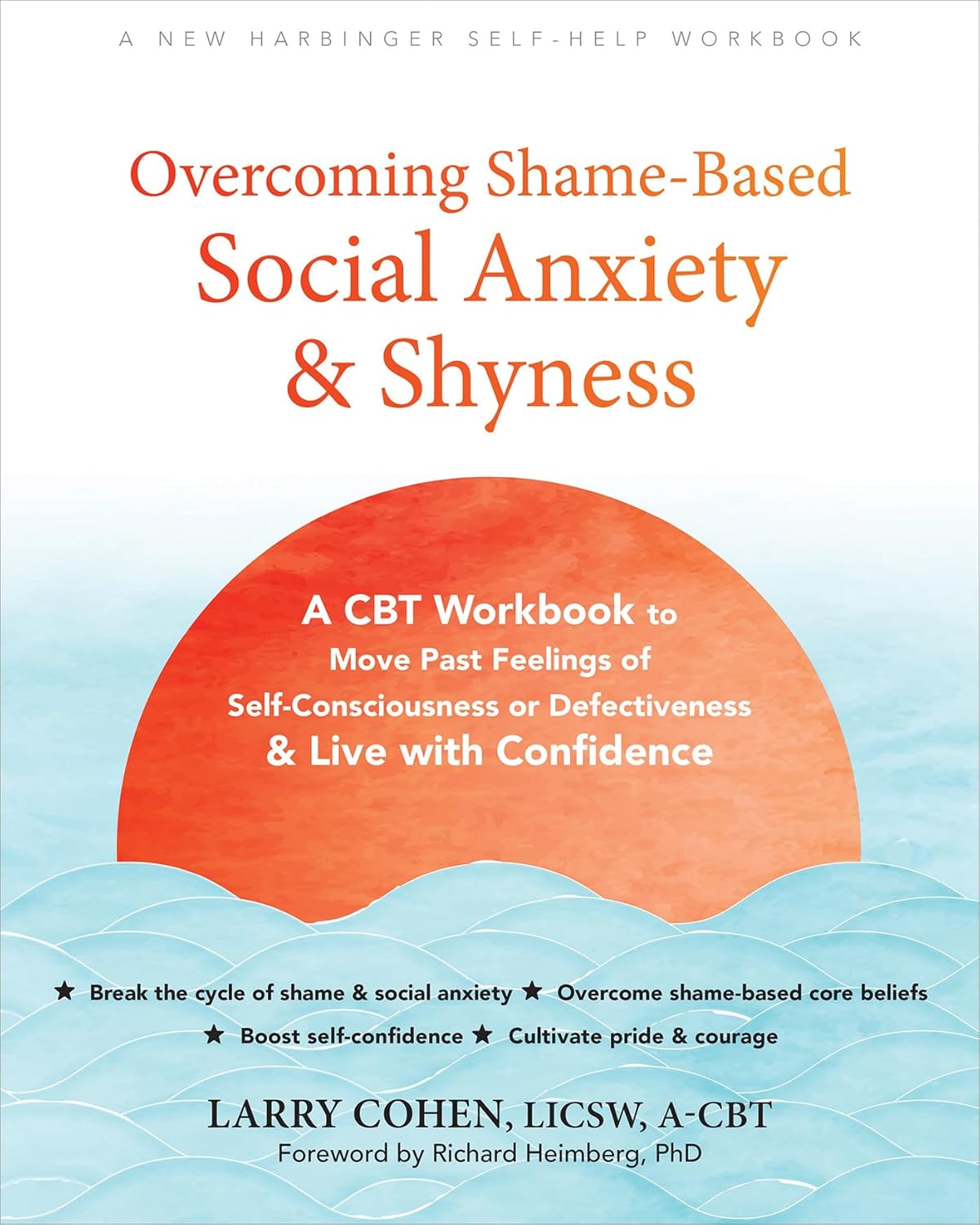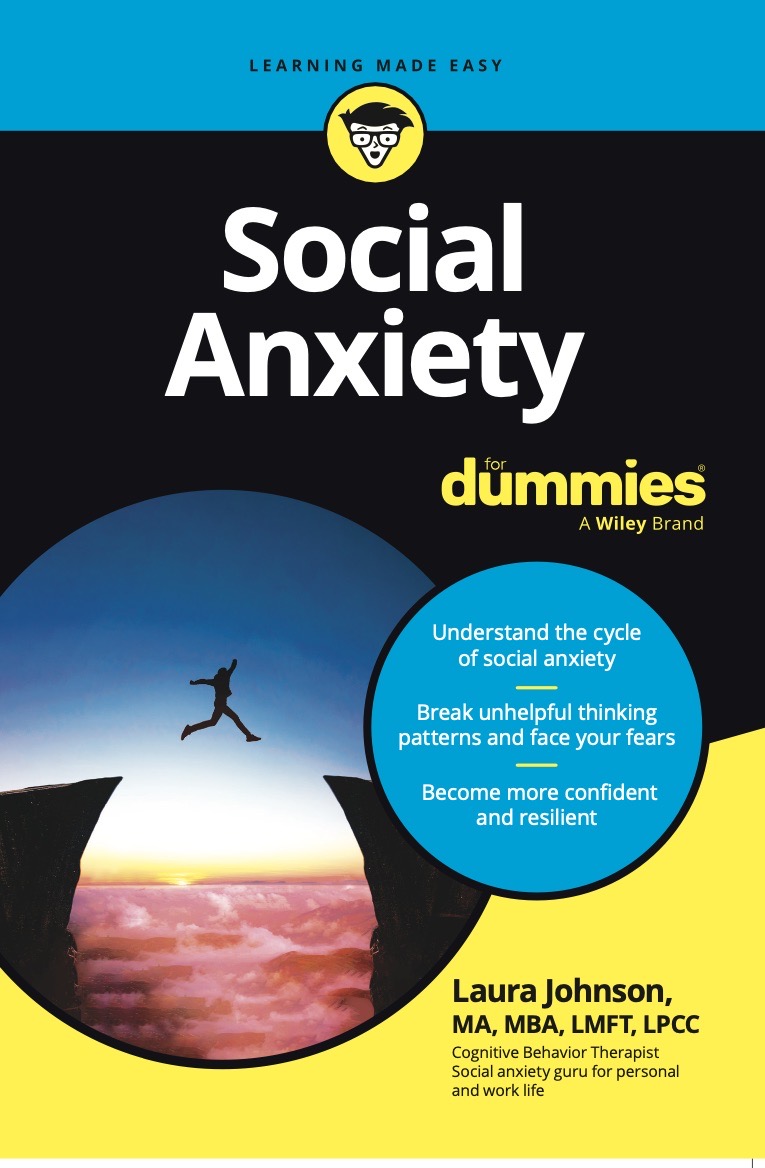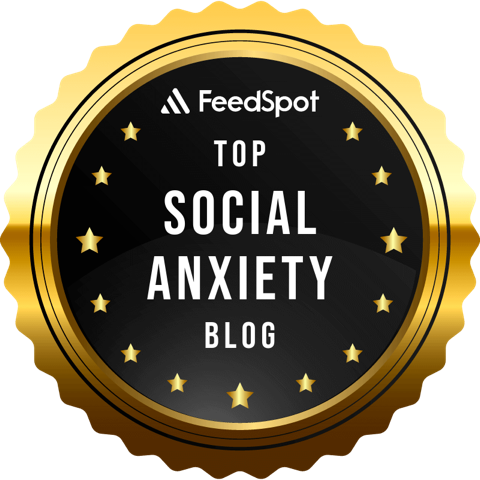When faced with a dangerous animal, what do we do? We get away as fast as we can, fight the animal if we cannot get away, or become still and hope the animal will not notice us.
While this may have been a common occurrence in prehistoric times when humans lived in jungles with predatory animals, today we live in a human ‘jungle’ with human beings who have opinions and judgements. For an individual with social anxiety, the world seems like a jungle filled with mostly judgmental people who can attack with their negative judgement. People seem just as dangerous as the predatory animals and they find themselves responding as if they lived in a jungle.
Playing safe
It is not surprising that people who experience anxiety in social situations try their best to avoid, escape and not attract the judgmental gaze of others. These behaviors are termed as safety behaviors. Safety behaviors are adopted in response to thoughts stemming from beliefs that informs the socially anxious person that he/she is at risk. Adopting the safety behaviors however only seems to confirm that the social situations they are avoiding and escaping are indeed dangerous. In addition, their use also reinforces the belief that one would be at risk if it were not for the use of safety behaviors.
Using safety behaviors help people feel less anxious in the moment. In the long run, however, safety behaviors impose many limitations on individuals and operate as a trap that prevents them from living their life fully. Thus, socially anxious individuals often experience dissatisfaction with themselves and their lives. Safety behaviors offer short term relief, but in exchange they have long term discomfort. The behaviors that keep them ‘safe’ prevent them from learning that not everyone is judgmental, and even if some people are judgmental nothing devastating happens and it has no major implications. They never learn that they can stand up to unfair judgments and criticism and that constructive judgement/criticism can be beneficial, too.
Commonly used safety behaviors
Below are examples of safety behaviors in action:
- Selecting a position in social situations that will allow the person to avoid excessive scrutiny (e.g. sitting in the back of the room).
- Taking on roles in social situations so that one does not have to interact (staying busy behind the scenes, like helping in the kitchen or setting up equipment).
- Avoiding eye contact to avoid interaction or being noticed by others.
- Over-preparing for presentations or meetings to ensure there will be no opportunity for negative judgment.
- Mentally rehearsing conversations before they happen, and scripting what to say next during a conversation.
- Always having a trusted friend or family member by one’s side so responsibility for social engagement becomes limited and scrutiny is also less.
- Frequently checking or going on electronics during social interactions as a means of limiting the interaction.
- Consuming alcohol, recreational drugs, or other substances to curb anxiety.
- Avoidance of social situations that increase anxiety by refusing invitations to most social events.
- Wearing very neutral or excessive amounts of clothing when in public to avoid attention.
- Talking fast during a meeting or other social situations to be able to leave situations quickly after saying what has to be said.
- Asking the other person many questions when speaking with someone to keep the focus off oneself.
- Wearing high necked clothing or styling hair in certain ways to cover blushing.
- Behaving and appearing in as perfect a manner as possible.
- Being pleasing and not doing anything to displease for fear of judgement and rejection.

Breaking free of safety behaviors with cognitive behavior therapy (CBT)
Safety behaviors operate like protective parents who whisk their child away from the playground for fear that their child will fall and get hurt. The child unwittingly learns that the playground is dangerous and it is best avoided, just as the socially anxious person learns that people are judgmental and best avoided.
The only way for the child to learn that the playground is not dangerous and that he/she can deal with the challenges and ultimately have fun would be to go to the playground and explore it in stages. Similarly, the socially anxious person will learn that not all people are so dangerously judgmental only if he/she were to face anxiety provoking social situations and forgo the safety behaviors.
This is where it would be helpful to seek the help and guidance of a cognitive-behavioral therapist (CBT). The therapist would work with the client to build a hierarchy of socially anxious situations that are ranked from the least to the most difficult (based on the distress related rating given to each situation). Therapists will then support individuals through the process of approaching these situations while dropping safety behaviors in stages.
The process results in experiential learning that the situations that had been identified as unsafe and requiring the use of safety behaviors to survive are not unsafe and they can be dealt with successfully. This learning prompts diminishing anxiety. The safety behaviors become easier to give up and they are no longer needed over time. It is like recognizing that a tiger they feared was actually a paper tiger all along!
In addition to exposure, CBT therapists will also work with the socially anxious client to help them develop skills to cope with the anxiety that is typically triggered before and during the exposure exercises. Cognitive restructuring work is also carried out to help modify the anxiety provoking thoughts and self-critical ruminations that commonly occurs.
Conclusion
Learning about social anxiety disorder and how it can be treated is the first step. Finding a good therapist that one feels comfortable with would be the next. Chipping away at the social anxiety may cause one discomfort initially but the rewards are well worth it. Keep in mind the long term reward of living a value-laden life that is unfettered and free as you move forward in your journey to break free from the silken bonds of safety behaviors.
Written by,
Suma Chand, Ph.D.
NSAC – St. Louis











